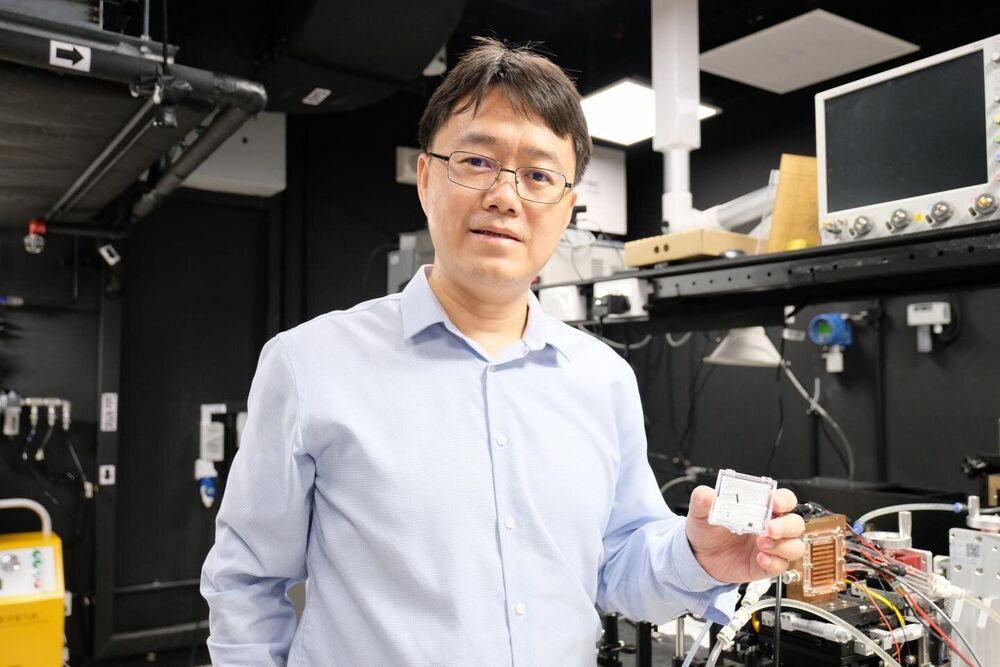A few weeks back we brought word that Reddit users [derekcz] and [Xerbot] had managed to receive the 2232.5 MHz telemetry downlink from a Falcon 9 upper stage and pull out some interesting plain-text strings. With further software fiddling, the vehicle’s video streams were decoded, resulting in some absolutely breathtaking shots of the rocket and its payload from low Earth orbit.
Unfortunately, it looks like those heady days are now over, as [derekcz] reports the downlink from the latest Falcon 9 mission was nothing but intelligible noise. Since the hardware and software haven’t changed on his side, the only logical conclusion is that SpaceX wasn’t too happy about radio amateurs listening in on their rocket and decided to employ some form of encryption.
Since this data has apparently been broadcast out in the clear for nearly a decade before anyone on the ground noticed, it’s easy to see this as an overreaction. After all, what’s the harm in a few geeks with hacked together antennas getting a peek at a stack of Starlink satellites? [derekcz] even mused that allowing hobbyists to capture these space views might earn the company some positive buzz, something Elon Musk never seems to get enough of.






